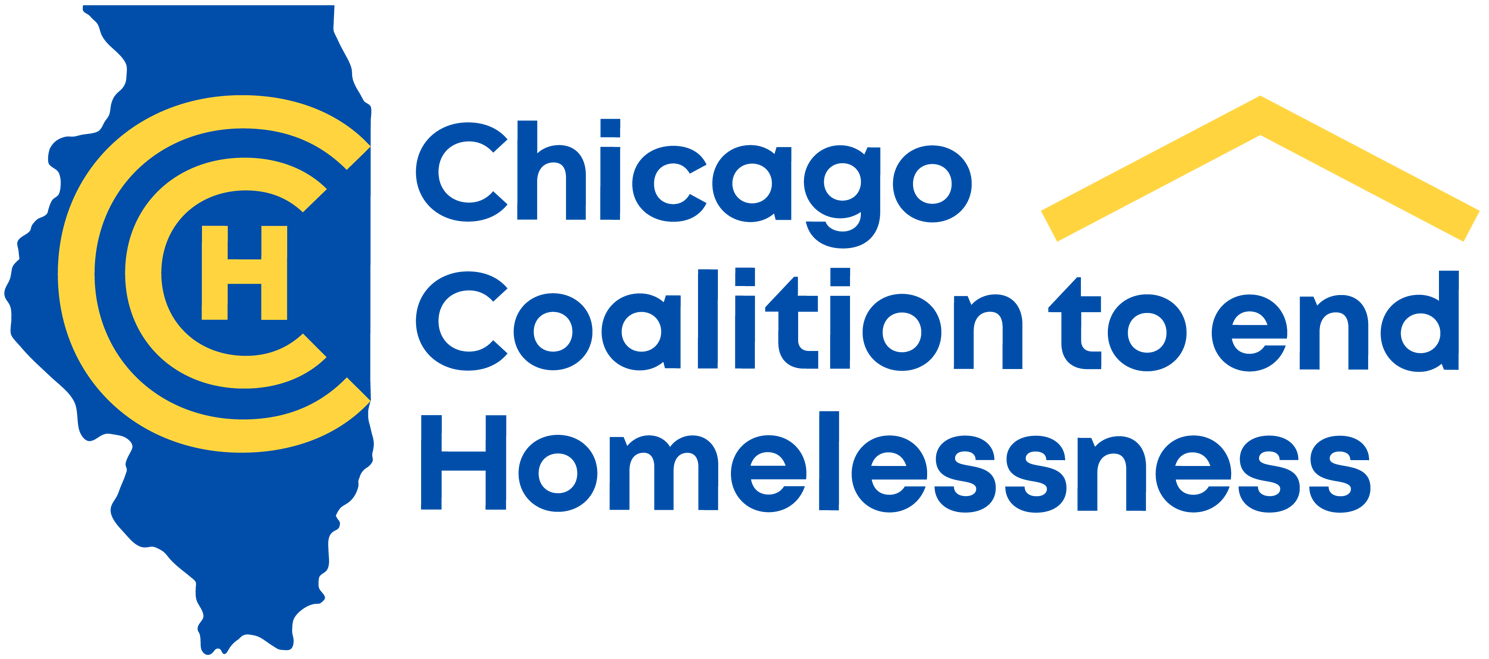Housing Action Illinois has a list of resources for mortgage assistance.
Learn
To solve homelessness, we need to better understand who experiences it—and why.
Frequently Asked Questions
Find facts and figures on homelessness in Chicago and Illinois.
Where can I call for help for myself or for others experiencing homelessness in Chicago?
Call Chicago City Services at “311” or (312) 744-5000.
If you are experiencing homelessness and need shelter, tell the operator that you are experiencing homelessness and in need of shelter.
If you call and do not get through to anyone, please try again, hitting “0” to reach an operator. This is the only way to reach an operator outside of regular hours, which are 9 a.m. – 4:30 p.m.
If you are housed but concerned that you may lose your housing, tell the operator you need “short-term help.” Callers will be transferred to a Homelessness Prevention Call Center. The provider may be able to assist you in applying for a homeless prevention grant. The center is housed and operated by Catholic Charities, with services available in multiple languages.
Callers with hearing problems can access TTY equipment at (312) 948-6817.
Where can I call for help in suburban Cook County?
Call (877) 426-6515 for suburban Cook County’s Rental Assistance Call Center. The center handles calls related to rent, security deposits, utilities, and mortgage assistance. It is staffed Monday through Friday, 8:30 a.m. to 4:30 p.m.
Where can I call for legal aid or advice for a person or family experiencing homelessness living in Chicago or the suburbs?
Call the CCH Law Project on its toll-free helpline, (800) 940-1119.
Referrals will be made available for people living outside the metropolitan area.
How do I get my name on a waitlist for public housing?
In Chicago, contact the Chicago Housing Authority: Apply to the CHA’s Waitlist Portal
For questions or more information, call the CHA at (312) 913-7400. Information is available on the estimated wait times for different properties.
In the suburbs of Cook County, contact the Housing Authority of Cook County: Resident and Applicant Portal. Here are instructions for how to apply.
How does CCH define and measure homelessness?
CCH defines homelessness as a state when someone does not have a permanent home and stays in a shelter, on the streets, temporarily with others, and/or in other places that are not meant for living.
Researchers at CCH, Vanderbilt University, and the Heartland Alliance Social IMPACT Research Center developed a census-based model to estimate people experiencing homelessness that incorporates children, family, and adults living temporarily with others due to economic hardship, or doubled-up.
Learn more about our methodology for quantifying doubled-up homelessness here. More details are available in a 2021 research article published in Housing Policy Debate.
How many people experiencing homelessness live in Chicago?
In December 2024, CCH released its annual homeless estimate report showing that roughly 76,375 people experienced homelessness in Chicago in 2022, a 10.4% one-year increase. This includes 31,333 people staying at shelters or outdoor locations (a 30.5% increase) and 45,042 living doubled-up (a 1.4% increase).
Since August 2022, the City of Chicago has welcomed over 46,000 new arrivals seeking asylum. Today, another 5,501 new Chicagoans seeking asylum are residing in temporary shelters. These new neighbors are not reflected in CCH’s annual estimate.
Whether facing homelessness for two days, two months, or two years, all Chicagoans deserve a place to call home.
How many students are experiencing homelessness in Chicago?
Chicago Public Schools (CPS) identified 26,800 students experiencing homelessness during the 2023-24 school year. The CPS Students in Temporary Living Situations (STLS) identifies and provides services to students without stable housing. This represents a 51% one-year increase and is the highest number of students that CPS has ever identified. During the 2023-24 school year, students experiencing homelessness comprised 8.29% of the total CPS student population compared to the 2022-23 school year where homeless students enrolled in CPS comprised 7.23% of total enrollment.
CPS data shows that 67% of students enrolled in the STLS program live doubled-up in the homes of others due to economic hardship. Federal law recognizes that doubled-up students should be counted as experiencing homeless, with rights protected under the federal McKinney-Vento Act and the Illinois Education for Homeless Students Act
7,743 students, representing 29% of STLS students, lived in shelters. This is a 433% increase from the 2022-23 school year. 508 students lived in motels, a car or other public place – a 626% increase from the 2022-23 school year.
Homelessness among students disproportionately impacts students of color, with 97% of STLS students being students of color. While Latinx students represent 46.8% of the CPS student population, they represent 53% of the STLS student population. Black students represent 42.6% of the STLS population while only accounting for 35% of the CPS student population. Other CPS data shows that 1030 students were “unaccompanied youth,” defined as students who are homeless and living on their own, without a parent or guardian. Another 16% of STLS students were students with disabilities or developmental delays.
How many people experiencing homelessness live in Illinois?
Homeless estimates are limited to what is documented. Any estimates of people experiencing homelessness should be observed as homelessness that is captured in data, and no one data source is a complete reflection of all homelessness.
- Point-in-Time: The U.S. Department of Housing and Urban Development reports 11,947 Illinois residents were unsheltered, staying in an emergency shelter, or living in transitional housing on a single night of the year in 2023. The traditional Point-in-Time (PIT) method for enumerating homelessness tallies people experiencing street and shelter homelessness on a designated night of the year, but it does not account for those temporarily staying with others. Because the PIT uses a narrow definition of homelessness that does not include the way most people experience homelessness, it is a dramatic undercount that can lead to wrong policy solutions. Without a full understanding of the scope of the problem, it is hard to develop the right solutions.
- Accessing Homeless Services: The Illinois Department of Human Services (IDHS) tallied 50,991 people receiving services in FY 2020: 30,900 received Emergency and Transitional Housing services, 11,060 received Supportive Housing services, and 9,031 people received Homeless Prevention services.
- School Enrollment: In a preliminary report, the Illinois State Board of Education (ISBE) reported 73,119 students experiencing homelessness during the 2023-24 school year. This represents a 20% increase in students experiencing homelessness in Illinois since the 2022-23 school year. This is the highest number of students experiencing homelessness that ISBE has ever identified.
Temporarily Staying with Others (or “doubling-up”): Using data from the American Community Survey, administered by the U.S. Census, CCH estimates that 109,842 people experienced doubled-up homelessness in Illinois in 2020.
How many unaccompanied youth live in Chicago?
Unaccompanied youth are young people through age 24 who are living without a parent or legal guardian and lack a fixed, regular, and adequate nighttime residence.
In 2022, 5,839 unaccompanied youth experienced doubled-up homelessness, temporarily staying with others. In addition, 1,915 single youth under 25 experienced street and shelter homelessness, with another 2,012 parenting youth experiencing street and shelter homelessness as the head of their household.
How many people experiencing homelessness are survivors of domestic violence?
The Chicago Point-in-Time (PIT) survey asks if the person is fleeing a violent relationship or being threatened or harmed by someone they know. In 2023, 16.8% of sheltered people and 8.6% of unsheltered people reported experiencing domestic violence. In 2022, 8.5% of persons in shelters and 1% of persons who were unsheltered reported experiencing domestic violence.
What is the racial breakdown of people experiencing homelessness in Chicago?
Homelessness disproportionately affects people of color, and in particular Black people, due to systemic racism and white supremacy.
About 77% of people experiencing homelessness in Chicago in 2022 were people of color. Chicagoans identifying as Black, African American, Asian, Native Hawaiian, Pacific Islander, American Indian, Alaska Native, or Other/Multi-Racial accounted for 59,002 people experiencing homelessness—19,230 people identified as Hispanic or Latino/a/x/.
16% of people experiencing homelessness were white. About 7% had an unknown race.
2022 Breakdown
Total # of people experiencing homelessness: 76,375
Race
- Black or African American: 41,858 – 55% (20,566 street and shelter; 21,292 temporarily staying with others)
- White: 12,236 – 16% (4,751 street and shelter; 7,485 temporarily staying with others)
- Asian, Native Hawaiian, or Pacific Islander: 2,100 – 3% (395 street and shelter; 1,705 temporarily staying with others)
- American Indian or Alaska Native: 481 – <1% (455 street and shelter; 26 temporarily staying with others)
- Multi-racial or another race: 14,563 – 19% (29 street and shelter; 14,534 temporarily staying with others)
- Unknown race: 5,137 – 7% (5,137 street and shelter; N/A temporarily staying with others)
Ethnicity
- Non-Hispanic, Non-Latino/a/x of any race: 52,247 – 68% (23,145 street and shelter; 29,102 temporarily staying with others)
- Hispanic, Latino/a/x/ of any race: 19,230 – 25% (3,290 street and shelter; 15,940 temporarily staying with others)
- Unknown ethnicity: 3,816 – 7% (4,898 street and shelter; N/A temporarily staying with others)
What income is needed to pay for rental housing in Illinois?
According to the annual Out of Reach study (June 2024) by the National Low Income Housing Coalition and Housing Action Illinois, the Illinois “housing wage” is $28.81 an hour, 21st highest among the states. The “Housing Wage” is the term the Out of Reach study uses to describe how much someone needs to earn to afford an apartment at fair market rent in a given area. For Illinois, this amount is based on fair market monthly rent of $1,498 for a 2-bedroom apartment and assumes a 40-hour work week for 52 weeks a year. The Illinois minimum wage is only $14.00 an hour.
In Chicago and the five-county suburban area, the housing wage is $32.96 an hour for a 2-bedroom apartment at fair market rent. The minimum wage in Chicago is $15.80 an hour for employers with 21+ workers, and $15.00 an hour for employers with 4-20 workers.
What causes homelessness?
The primary cause of homelessness is the lack of affordable housing coupled with economic precarity and an inadequate social safety net. In Chicago, you must earn $32.96 per hour to afford a typical 2-bedroom apartment, more than twice than minimum wage. Other intersecting causes include low wages or loss of employment, family disputes (including gender-based violence), lack of access to adequate health care and mental health care, and structural and institutional racism.
For unaccompanied youth experiencing homelessness, the causes are often abuse by parents or guardians, an unplanned pregnancy, or family rejection due to gender and/or sexual identity. While they are a contributing factor, neither substance use nor mental health issues on their own are leading causes of homelessness.
According to Chicago’s 2023 Point-in-Time Count, 30.7% of non-asylum seekers reported that their loss of housing was due to family disputes. Other leading causes were loss of employment or underemployment (19.6%), multiple causes (16.4%), and eviction/foreclosure (10.7%). The next highest causes were alcohol of substance use (7.6%) and release from jail or prison (5.1%).
How many people experiencing homelessness experience a mental health or substance use issue?
According to Chicago’s 2023 Point-in-Time Count, 14.4% of people experiencing homelessness reported receiving assistance or needing assistance with services for substance use. 24.8% of people reported being helped by or needing help with services for mental health treatment.
What can I do to help solve homelessness?
The reasons people are forced into homelessness are varied and complex, but the solution is clear: affordable permanent housing with supportive services. Significant and ongoing funding is needed to build, develop, and maintain safe and permanent housing for people experiencing or at risk of all forms of homelessness – staying on the streets, in shelters, or doubled-up in the homes of others. To do so means we all have to work together to build the public and political will needed to create long-term solutions.
- Join our email list
- Create a Take Action profile
- Follow our statewide advocacy efforts
- Keep up with Bring Chicago Home, a campaign to secure a dedicated revenue stream to address homelessness at scale in Chicago
- Learn about why all forms of homelessness must be included in policy solutions
- Donate to support CCH’s organizing, policy advocacy, legal aid services, and community education
Should I give money to people who are experiencing homelessness?
Whether or not to give money to people who ask for it is a personal decision. There is no harm caused by giving money directly to people experiencing homelessness. People need money for a wide range of needs, and it can be difficult for single people in particular to access cash. Whatever you do, the most important thing is to make eye contact, respond, and treat people with dignity and respect.
CCH supports the civil rights of people experiencing homelessness, including the right to ask for help.
Homelessness Data Project
Accurately measuring homelessness is the first step to solving homelessness.
The traditional Point-in-Time method for enumerating homelessness tallies those experiencing street and shelter homelessness on one designated night of the year, but it fails to account for those living doubled-up. Point-in-Time methodology woefully undercounts homelessness and, worse, points to the wrong policy solutions.
Background
During the 2021-2022 school year, 1,205,292 public school students nationwide experienced homelessness. With only 11% served by the shelter system, the vast majority of these families stay wherever they can. They are often forced to move frequently between unstable living situations—sleeping in motels, cars, trains, or temporarily staying with others.
Temporarily staying with others due to economic hardship or housing loss, or “doubling-up,” is how 3 in 4 Illinois public school students experience homelessness.This form of homelessness is a precarious means of survival, associated with the same risk factors and negative outcomes as those staying in shelters or outdoor locations.
Federal child and youth programs recognize all forms of homelessness that children and youth might experience, characterizing doubled-up homelessness as youth “temporarily staying with others.” Nine federal agencies—including the U.S. Department of Education—use this definition to determine eligibility for services.
The U.S. Department of Housing and Urban Development (HUD) has a far more limited definition, only tallying people in shelters and outdoor locations on one designated night a year. This method hides the true scope of homelessness, causing inaccurate funding allocations and barring millions of children and their families nationwide from homeless assistance programs.
CCH and partners engage in advocacy to press HUD to amend its definition of homelessness to align with other federal agencies that include people temporarily staying with others. This would allow the U.S. to better discern the true extent of homelessness and the resources needed to end it.
How We Define Homelessness
CCH defines homelessness as a state when someone does not have a permanent home and stays in a shelter, on the streets, temporarily with others or doubled-up, and/or in other places that are not meant for living.
How we measure homelessness
Doubled-up Homelessness
Recognizing that school-age children are not the only individuals temporarily staying with others, researchers at CCH, Vanderbilt University, and the Heartland Alliance Social IMPACT Research Center developed a model to estimate the total scope of all people in these temporary, unstable living situations. These are friends or relatives outside of a typical household that cannot afford to live in housing of their own or formally contribute to household costs.
CCH’s methodology for quantifying doubled-up homelessness uses U.S. Census American Community Survey public use microdata, which describe average characteristics of the U.S. population over a given year. This method can be used in any geographic area with a population larger than 65,000.
Street/Shelter Homelessness
To count people who are staying on the street or in shelters, CCH uses data from the Homeless Management Information System (HMIS), a database mandated by the U.S. Department of Housing and Urban Development and used by homelessness agencies to collect and share client information.
To count people experiencing street and shelter homelessness throughout the year, CCH asks for a count of everyone who used Chicago homeless services, but specifically excludes people who had found permanent housing at some point in the year. CCH also excludes people who were in temporary housing programs that were considered permanent housing by the government.
Data Deduplication
CCH’s homeless estimate methodology does not count the same person twice. In 2022, CCH found that 5,545 people in Chicago’s HMIS used homeless services and stayed with friends or family at some point during the year. CCH removes this population from the street and shelter estimate, assuming that they would be captured in the doubled-up estimate.
Estimate of People in Chicago Experiencing Homelessness
2024 Report (Covering 2015 – 2022)
Are you interested in completing a similar estimate for another city? Contact Sam Paler-Ponce.
Reports & Publications
Check out our latest research reports and homeless estimates.
Participatory and Community-Led Research
Participatory and Community-Led Research
- CCH Mutual Aid Fund Impact Report (2023)
A qualitative research project evaluation of the Edrika Fulford Mutual Aid Fund (with Inclusive Economy Lab) - Resigned to the Process Report (2022)
Participatory research project that examined inequities to accessing the TANF program in Illinois (With Heartland Alliance Social IMPACT Research Center)
Estimate of People in Chicago Experiencing Homelessness
2024 Report (Covering 2015 – 2022)
Other CCH research and reports
Available on Issue Lab.



